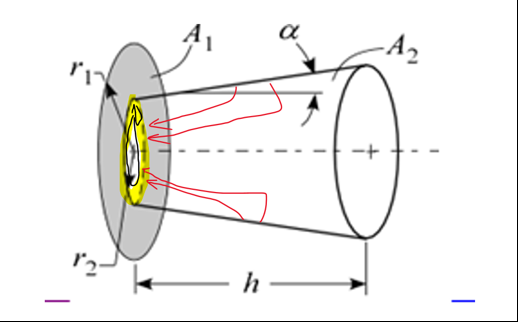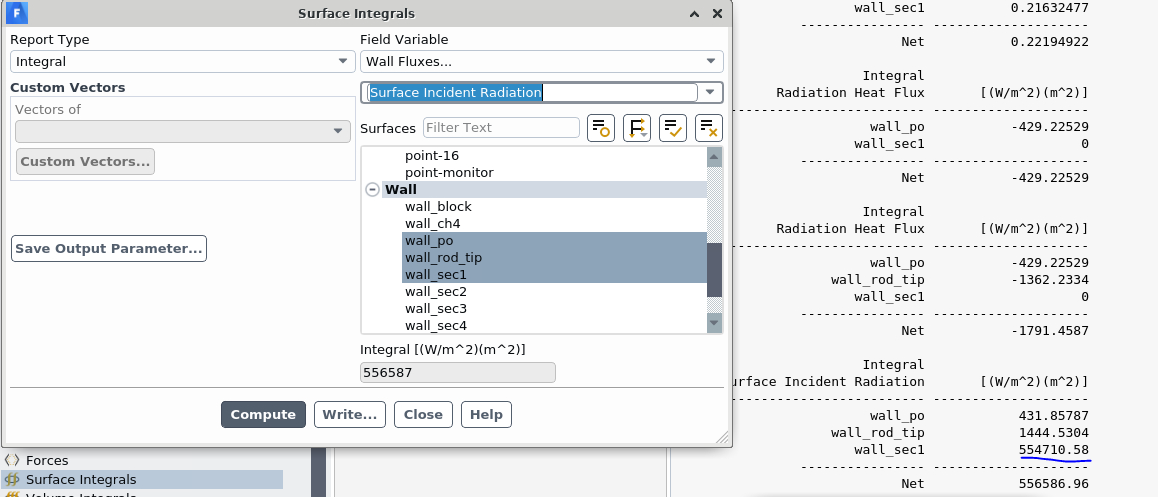TAGGED: combustion, fluent, radiation
-
-
December 14, 2021 at 2:34 pm
lei2019
Subscribera combustor with 50 kW CH4 fuel is simulated.
I try to find out the radiation emit from the combustor wall, which has a high temperature about 1400k (maximum value)
but the result is 550kW, which is much larger than 50kW.
the flame temperature is 3000K.
this doesn't make any sense.
"The Surface Incident Radiation is the net incoming radiation heat flux on a surface and for that, it is only defined on surfaces. Surface Incident Radiation is the total radiant load hitting the surface (which will subsequently be absorbed, transmitted, and reflected)."
December 17, 2021 at 8:06 pmRahul Kumar
Ansys EmployeeHello,
Please give us more information on the problem setup and boundary conditions.
December 19, 2021 at 1:19 amlei2019
SubscriberRANS case, kw-sst model, DPM, species transport, DO model. mass flow rate inlet for CH4, wall with thickness and assigning the outside wall temperature as constant. emissivity of wall 0.9, diffusive fraction 1.
pure oxygen.
Flame and combustor wall have the thermal radiation on the burner tip. I try to find out how mch radiation from these two sources, shown in the figure below, the red arrow meaning the radiation from the wall to burner head (the yellow ring).
I try to hand calculate view factor, but there is no straight way to do it. could you give me some suggustion?

Viewing 2 reply threads- The topic ‘Integral surface incident radiation value is larger than the combustor’s total power’ is closed to new replies.
Ansys Innovation SpaceTrending discussionsTop Contributors-
3572
-
1193
-
1076
-
1063
-
952
Top Rated Tags© 2025 Copyright ANSYS, Inc. All rights reserved.
Ansys does not support the usage of unauthorized Ansys software. Please visit www.ansys.com to obtain an official distribution.
-
The Ansys Learning Forum is a public forum. You are prohibited from providing (i) information that is confidential to You, your employer, or any third party, (ii) Personal Data or individually identifiable health information, (iii) any information that is U.S. Government Classified, Controlled Unclassified Information, International Traffic in Arms Regulators (ITAR) or Export Administration Regulators (EAR) controlled or otherwise have been determined by the United States Government or by a foreign government to require protection against unauthorized disclosure for reasons of national security, or (iv) topics or information restricted by the People's Republic of China data protection and privacy laws.












